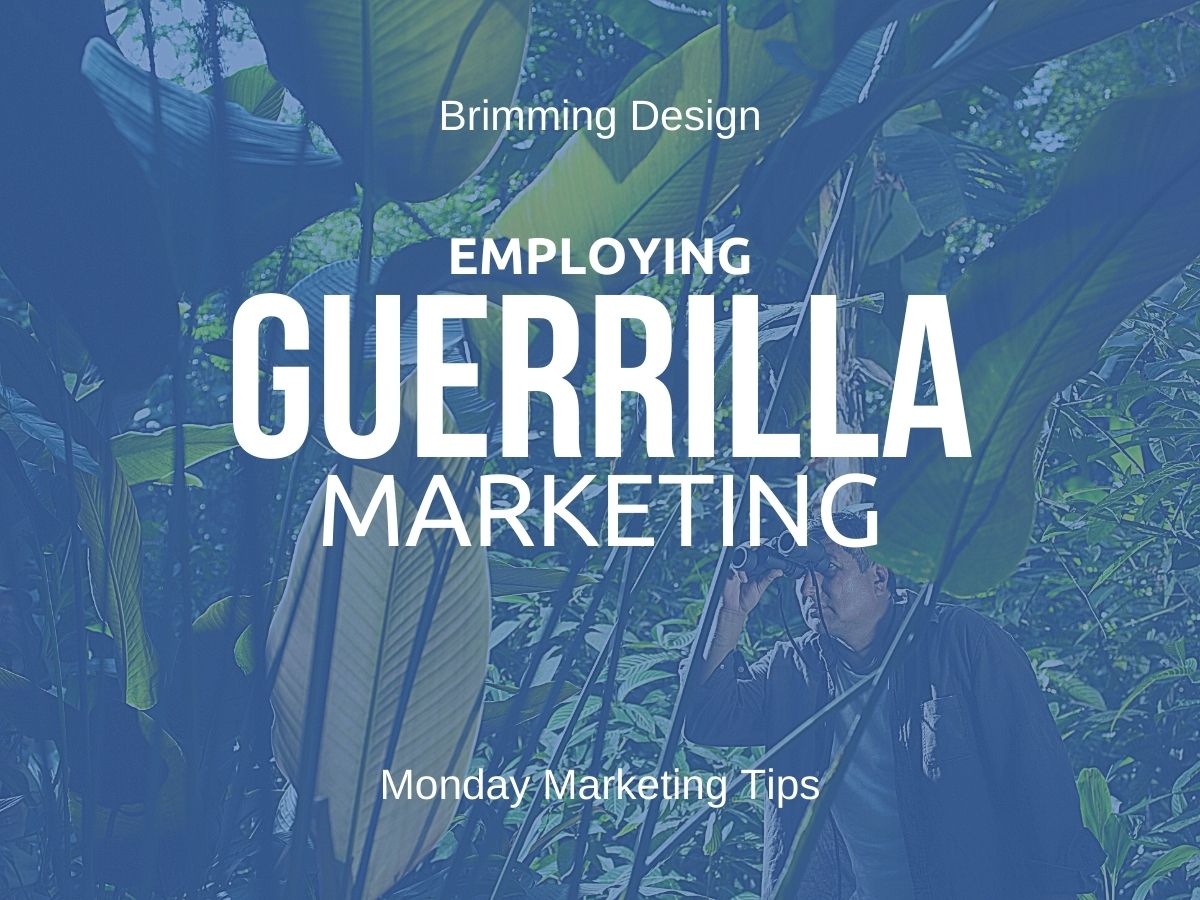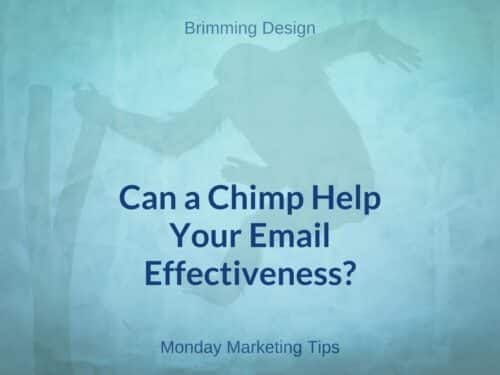The term “Guerrilla Marketing” pulls from “Guerrilla Warfare,” which employs atypical tactics to achieve an objective. In 1984, creative director Jay Conrad Levinson introduced the term in his book, Guerrilla Marketing. He worked for the advertising giant Leo Burnett.
Guerrilla marketing, also called Unconventional Marketing, incorporates imagination and energy to surprise consumers, creating interest through word-of-mouth or social media. Guerrilla marketing runs on creativity, not spending, so it is perfect for businesses with smaller budgets. Large companies also use this technique to create memorable social media campaigns.
Types of Guerrilla Marketing
Ambient Marketing
Ambient marketing is putting the right ad in the right place, for example, posting information for new parents above the changing table in a family restroom. Because people are inundated with ads these days, make sure your ads are appropriately targeted and relevant.
Drafting
Drafting is taking advantage of the race car ahead of you. With marketing, you associate your company with an event to capitalize upon the attention and goodwill. This is typically seen with major events, like the Super Bowl, where your ads imply a connection. You build an association and show support without actually sponsoring.
Viral Marketing
Viral marketing relies on the enthusiasm of viewers to share. Your goal is to be so funny, exciting or accurate, that people can’t resist forwarding. Like the flu, they move fast. In addition to sharing via social media, this can include word-of-mouth and media coverage. It requires genuine, spontaneous responses, which are hard to plan but effective. Few posts will go viral so post often.
Grassroots Marketing
Grassroots campaigns target local consumers and aim to solve an issue or problem. This marketing type builds genuine relationships with individuals and ties the brand to the relationship.
Padded Reviews
This technique is controversial, involving planting invented discussions, reviews, or mentions about your product to create positive hype. It can harm a company if exposed, damaging their reputation.
Street Marketing
Street marketing’s primary goal is to build brand awareness in public: parks, streets, and events. It encompasses outdoor signage, public facilities, vehicle, public transport signage, man-hole covers, and sidewalk decals. Brand ambassadors are a big part of this technique, creating a buzz. Physical interaction with passers-by has a more significant influence than passive advertising. Some of the interactive options include:
- handing out flyers, samples, or coupons
- street actors, living statues, and sign spinners
- wandering mascots
- photo op stations
- branded environments for public enjoyment (like lego sculptures or play areas)
- events like flash mobs or contests
Stealth marketing
Stealth marketing is advertising to people who don’t realize it. Some question its ethics.
- Product placement in movies and shows (think Recee’s Pieces in the movie E.T.)
- Providing products to influencers, so they are seen (endorsed) publicly.
- Hiring actors to promote products
Discover more examples and techniques in this Wikipedia article. The first step to marketing is making your plan.




